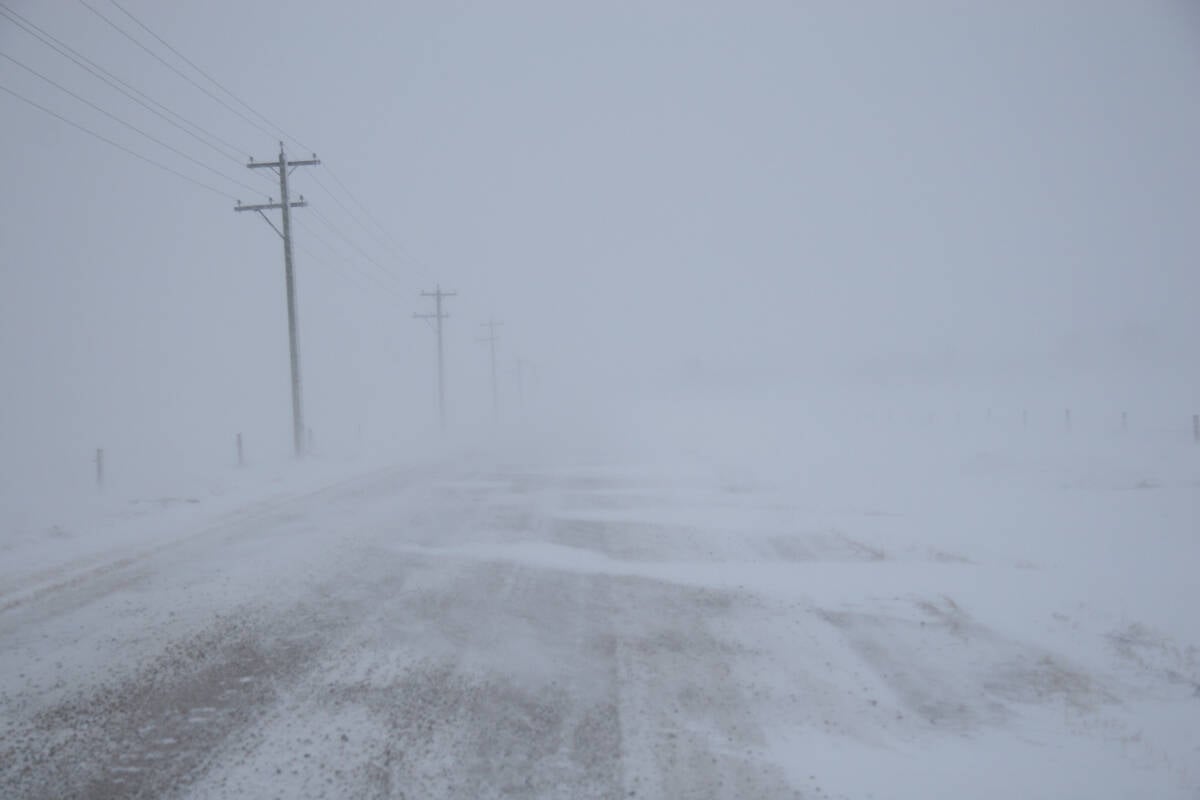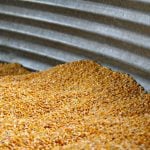Agricultural markets can’t break free of the general downturn sweeping all markets and economies.
Ag commodity price falls have several causes. Big investment funds are pulling their money out because of market dynamics and new U.S. restrictions on short selling. Also, there are worries that the slowing American economy and credit tightness will push the world into recession, causing less demand for food.
When will it end?
Predicting when the panic gripping global investors will calm down is beyond my abilities.
But I can’t see agricultural markets returning to the doldrums they were in for most of the last decade.
Read Also

Volatile temperatures expected for this winter
DTN is forecasting a lot of temperature variability in the Canadian Prairies this winter. Precipitation should be close to average.
The worries about food demand outpacing supply have not gone away.
The past growing season was one of those rare years when there were no serious production problems anywhere in the world. True, the U.S. and Canada got off to a bad start, but crops mostly caught up during the summer and a mild fall has allowed the harvest of even late crops.
Production in Europe and the Black Sea region boomed.
Australia’s early hopes for a bin-bursting crop were dashed, but rain came in time to rescue what should be an average crop.
North Africa produced a good crop. China and India met their goals.
Only the Middle East suffered a serious drought and it does not play a big role in the international grain trade.
According to the U.S. Department of Agriculture grain production report Oct. 10, world grain production should total 2,207.7 million tonnes, compared to demand of 2,183.1 million. In other words, production will exceed demand by only one percent. That is not much of a cushion considering good growing conditions and the fact the globe’s farmers were spurred on by the highest prices ever.
In the mid 2000s, world production in some years declined. After hitting 2,043 million tonnes in 2003-04, it fell to 2,036 in 2004-05 and to 2,006 million in 2005-06. Those years were marked by severe drought in Australia, but also weak prices that did little to encourage heavy investment in crop production.
If prices are not high enough to encourage the two to three percent annual production increases needed to match growing demand, ending stocks will again start to shrink and the agriculture market bull will be back in control.














